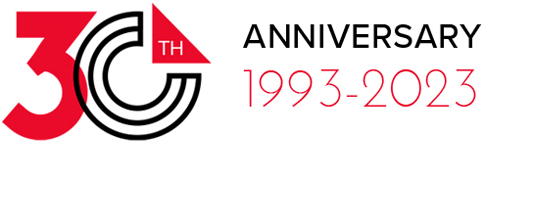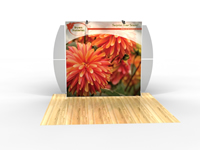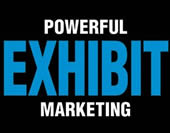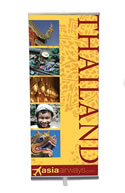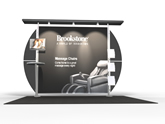
Word on the Street by Kevin Carty
Industry Predictions 2011 — Part 2
First let me say, “Hello!” With vacation and the holiday, I have been gone recently and have not blogged for several weeks. But I am back in the office now, and I would like to dovetail on Mel’s entry back in mid-November regarding 2011 industry predictions. So here are my thoughts . . .
To say that the past two years have been a bit nutty would be a gross understatement. At Classic, we have seen strong months that have been off the charts followed up by months where I was left calling the local phone company just to see if the phones were broken.
But this fall (September thru November) has left me very hopeful for 2011. November, for example, was our best November ever. And the quoting activity in September, October, and November has left me very optimistic. People are “planning” rather than “reacting.” We’re seeing people preparing weeks and months in advance rather than holding onto their dollars until the last possible minute and buying in a reactivate mode weeks before their show. This is a great sign!
Islands are back! They are not back to 2008 levels, but we are seeing a normal mix in our quoting and sales process. Most are more than simple islands that carry little detail or flash. They are more elaborate, and the budgets have been healthy. All in all, we’re witnessing the “first-steps” in the rebuilding of exhibit programs for corporate exhibit clients. In early 2011, we will be introducing a series of modular island concepts which we’re very excited about. As this market expands, we want to ensure that Classic Distributors have the tools to capture more than their share.
Hybrids, Hybrids, Hybrids . . . they are not going anywhere and are clearly here to stay for years to come. As a company, we are equipped more than ever to handle all requests. Whether it is for a starter client that has $3000 to spend on a 10 x 10, $15,000 to spend on a 10 x 20, or a seasoned client that has $10,000 for a 10 x 10 or $25,000 for a 10 x 20.
We have seen business increase across our entire hybrid lines from Sacagawea to Visionary Designs. We expect the SEGUE line to be particularly strong over the next 12 months as Silicone Edge Graphic solutions become even more popular. The SEGUE Sunrise, introduced in this week’s Design Monday, is a great example of how you can compete at the entry level with a portable, well-engineered, and smart “no tools” hybrid solution. It’s unlike anything else on the market, and we expect Classic Distributors will find an enthusiastic audience for these portable hybrid kits.
Sustainable (Green) Exhibits. This was treated as a clever marketing term two to three years ago. A fad if you will. But believe me when I say that eco-friendly exhibiting is not a fad. It is real, and there is a large market for it. We have seen the price for materials adjust down. The exhibits are now a financially viable option for those companies with green exhibit initiatives. The Eco-systems Sustainable brand experienced solid sales increases in 2010 as companies have increased their marketing budgets. The potential leading into 2011 is larger than ever.
The ClassicMODUL Aluminum Extrusion team has spent a lot of time, energy, and resources reaching out to alternative markets over the past two years. Those efforts have begun to payoff as budgets have slowly started to come back. I expect that the ClassicMODUL division will experience significant growth in the retail, POP, and architectural markets in 2011.
At the end of the day, I am more than hopeful for 2011. Will there be an immediate return to 20 to 30 percent annual growth? No, and it would be foolish to expect that. There have been significant and permanent changes in the exhibit market that will make it difficult to return to the “glory days.” Rather, we will all be catering to a new type of market that will force us to be creative, adaptive, and responsible. With that will come smaller growth than we have seen in the past. But positive growth all the same.
What do you expect for 2011? Please share your thoughts and opinions with other Classic Distributors.
Hope you had a great and restful weekend.
Be well
–Kevin Carty
http://twitter.com/kevin_carty
http://www.linkedin.com/pub/kevin-carty/3/800/32a


